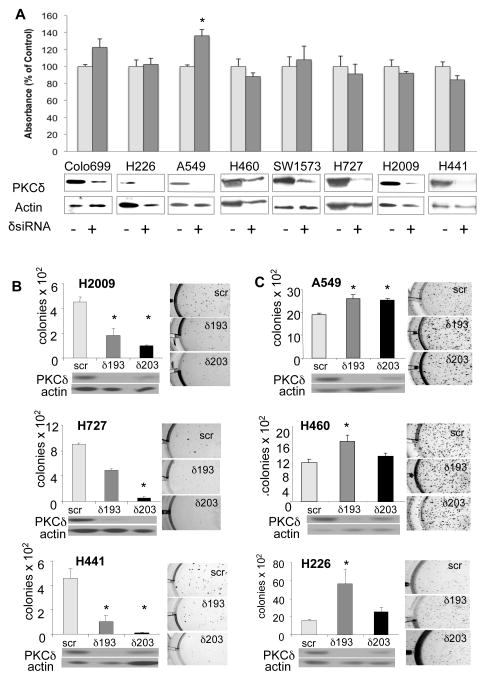Figure 2. PKCδ is required for anchorage-independent growth of NSCLC cells that are K-Ras dependent for survival.
(A) BrdU incorporation in eight NSCLC cells in which PKCδ was transiently depleted using siRNA oligos as indicated. Control cells (δsiRNA minus) were treated with scrambled siRNA oligos. Immunoblots for PKCδ to show protein depletion are shown below; blots were stripped and probed for actin. For all panels, data from a representative experiment is shown which was done in triplicate +/− SEM. (B) and (C): Control NSCLC cells (scr), and cells expressing δ193 or δ203, were suspended in soft agar and colony number determined as described in Materials and Methods. (B) K-Ras dependent NSCLC cell lines H2009, H727 and H441. (C) K-Ras independent NSCLC cell lines A549 and H460, and H226 cells that have wild type K-Ras. Graphs show triplicate measurements in one representative experiment +/− SEM; pictures of representative soft agar colonies are included. * = significantly different from control (p<0.05) by 2-tailed Students t test. Immunoblots showing expression of PKCδ and actin for each cell line are shown below the graphs. Each experiment was repeated 2 to 6 times.

